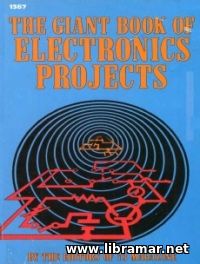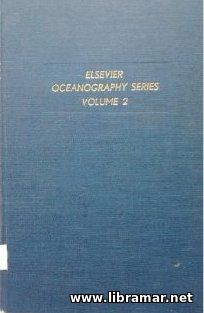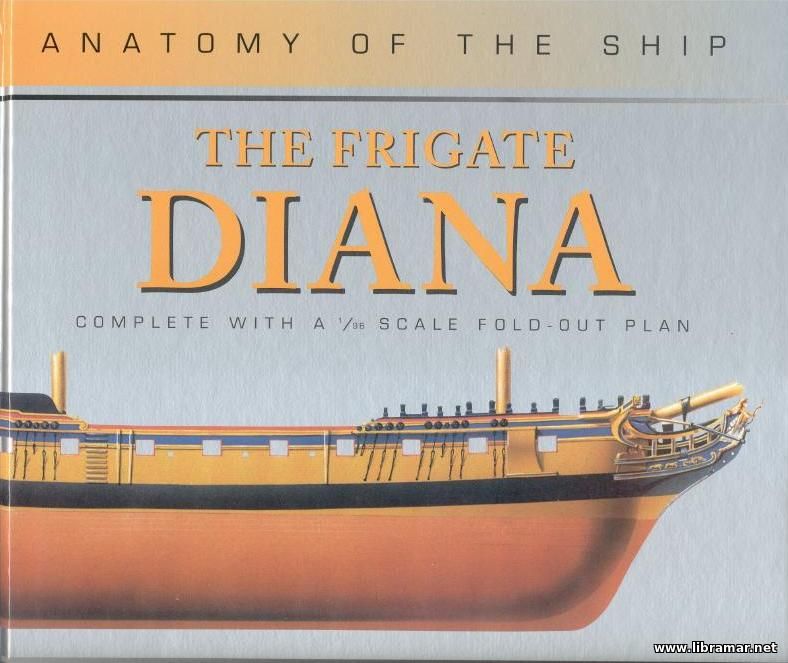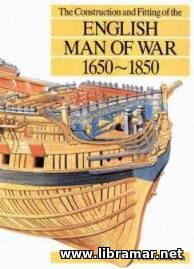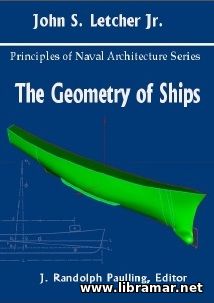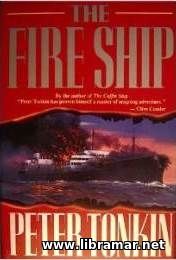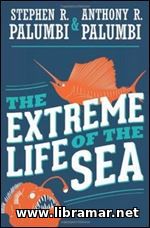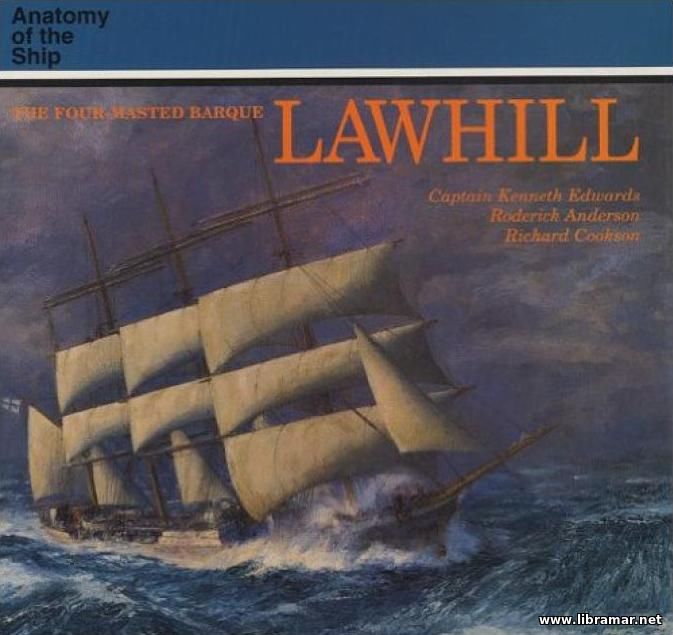
Another title of the Anatomy of the Series - this one is some sort of tribute to Lawhill, the last of those great barques that made a living in the last century. Though the ships in question have almost disappeared from the world's oceans, there are still some of them remaining - they are either moored as museum ships or converted to the sailing ships used for training the future seamen. This collection compiled by three authors - Kenneth Edwards, Roderick Anderson and Richard Cookson, contains so much of valuable contemporary material like records, drawings and images, making this volume a very useful reference book for any naval history enthusiast.
For most of the people interested in marine history, these barques are mostly associated with the famous grain races of the past. The four- and five-masted ships were the ultimate sailing vessels, and the one to which the present book is dedicated, Lawhill, was one of the largest barques. This is definitely the must-have book and one of the most important and informative ones for every naval enthusiast interested in the last days of the greatest sailing vessels. We do recommended it to everyone as we recommend any other Anatomy of the Ship publication.
